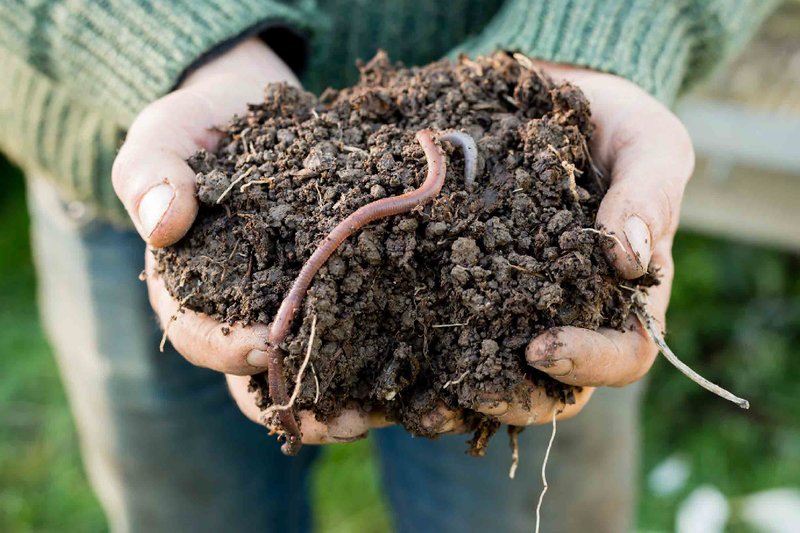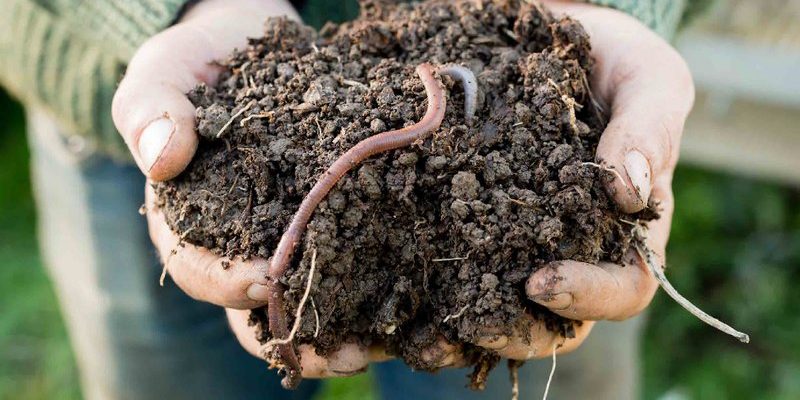
You might be wondering why identifying these worms is important. Well, different types of worms offer different benefits when it comes to composting and soil health. By knowing what to look for, you can help your garden thrive. Grab a cup of coffee, and let’s dive into the fascinating world of worms and how to spot them in their natural setting!
Understanding Worm Bin Worms
Before we get into the nitty-gritty of identifying worm bin worms, it’s essential to know what we’re dealing with. There are many varieties out there, but *Eisenia fetida*, also known as the red wiggler, is the star of the show in composting. These worms thrive in rich, organic matter and can break it down faster than many of their counterparts.
Worm bin worms are generally smaller and more slender than earthworms. They have a reddish-brown color, which makes them easy to spot against the dark, rich compost they help create. They’re often found near the surface of the compost, working diligently to consume waste like fruit scraps and vegetable peels.
Here’s a fun fact: red wigglers can eat half their body weight in food scraps every day! So, if you have a substantial compost bin, you’ll likely find these busy little guys making your waste disappear.
Where to Look for Worm Bin Worms
You might be thinking, “Okay, I know what they look like, but where do I start looking?” The best places to find worm bin worms are in compost piles, under leaf litter, or in decomposing organic matter in your garden. They enjoy dark, moist environments, making their homes in places that provide easy access to food.
Begin your search in your compost bin. Gently dig a little into the top layer. If you see clumps of soft, decomposing material, you’re in luck! That’s a prime spot for red wigglers. Worms thrive in temperatures between 55°F and 77°F, so make sure the conditions are right for your little helpers to be present.
If you can’t find any in your bin, check under some leaves or logs in your garden. They often hide just below the surface, where they can feast on decaying plant matter.
Identifying Characteristics of Worm Bin Worms
Now that you know where to look, let’s talk about how to recognize these worms among the countless species out there. Aside from their reddish-brown color, worm bin worms usually have a smooth, shiny skin that helps them glide through the soil.
One helpful tip is to look for the clitellum—a thick, glandular band located about one-third of the way down the worm’s body. This band is essential for reproduction and is a dead giveaway that you’re looking at a red wiggler.
Pay attention to their movement, too. Worm bin worms tend to squirm in a rapid, wiggly motion compared to the more slow and steady movement of earthworms. You’ll notice they’re quite energetic, working tirelessly to break down compost.
Common Confusions: Worms vs. Other Soil Dwellers
It’s easy to mix up worm bin worms with other similar-looking soil creatures. For instance, did you know that not all worms are beneficial? Nightcrawlers, another common species, are larger and tend to dig deeper into the soil.
To help you differentiate, here are a few pointers:
- Size: Red wigglers are typically 3-4 inches long, while nightcrawlers can grow significantly larger.
- Habitat: Red wigglers prefer compost and surface-level organic matter, whereas nightcrawlers dig deep tunnels in the soil.
- Color: Note that red wigglers have a brighter, reddish hue compared to the more muted tones of nightcrawlers.
Understanding these distinctions can save you from creating a compost setup filled with worms that aren’t as helpful for your bin!
Checking for Worm Activity in Your Garden
Once you’ve identified what you’re looking for, observing worm activity in your garden becomes an exciting task! Look for signs of their presence: *castings*, or worm poop, are a sure indicator that these wigglers are doing their job. Castings are dark, crumbly, and rich in nutrients, which can improve your soil quality.
Another sign is the presence of tunnels or burrows. These create pathways for air and water, helping your plants grow. A healthy wiggle population typically indicates good soil conditions.
You might even consider creating a worm-friendly environment by adding organic materials like leaves or kitchen scraps to support their habitat. This will encourage more worms to come and do what they do best!
Benefits of Having Worms in Your Garden
Identifying and encouraging worm bin worms in your garden offers numerous benefits. First off, they help aerate the soil, promoting healthier root systems for your plants. They also enhance nutrient cycling, breaking down organic materials into essential minerals that plants love.
Additionally, worms can contribute to pest control by keeping harmful bacteria and organisms at bay. You can think of them as tiny soil superheroes, helping your garden flourish while effortlessly recycling organic waste.
Investing time to understand your garden’s natural ecosystem and identifying worm bin worms can lead to a thriving, sustainable garden environment.
Identifying a worm bin worm in its natural habitat may seem like a small task, but it’s a step toward building a healthier garden. Whether you’re digging in your compost bin or exploring your garden, understanding these worms opens the door to better soil health and plant growth.
So, the next time you’re out in your garden, take a moment to look for those busy red wigglers. By recognizing the signs and characteristics of these worms, you’ll not only appreciate what they do but also foster a more vibrant ecosystem right in your backyard. Happy worm hunting!

